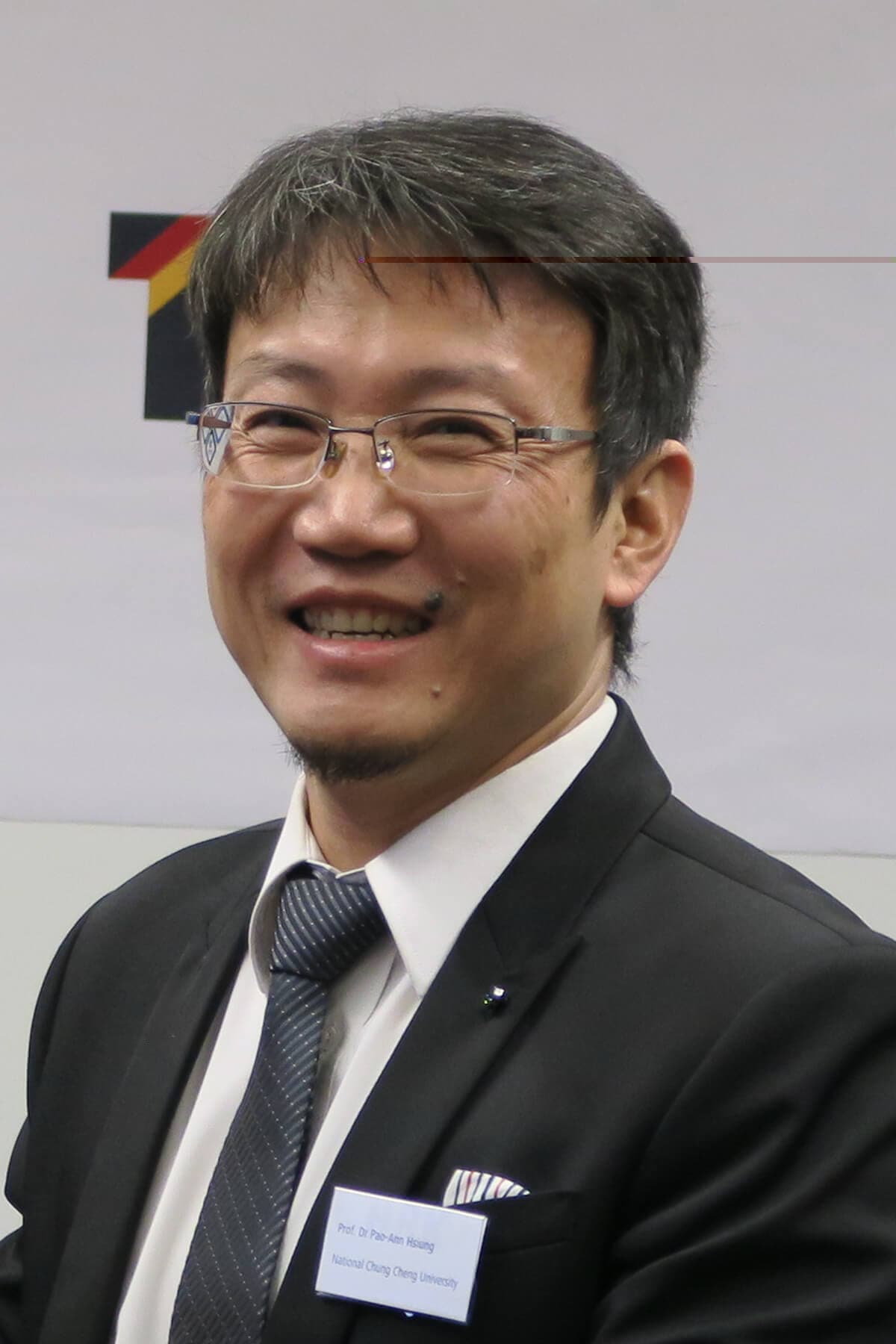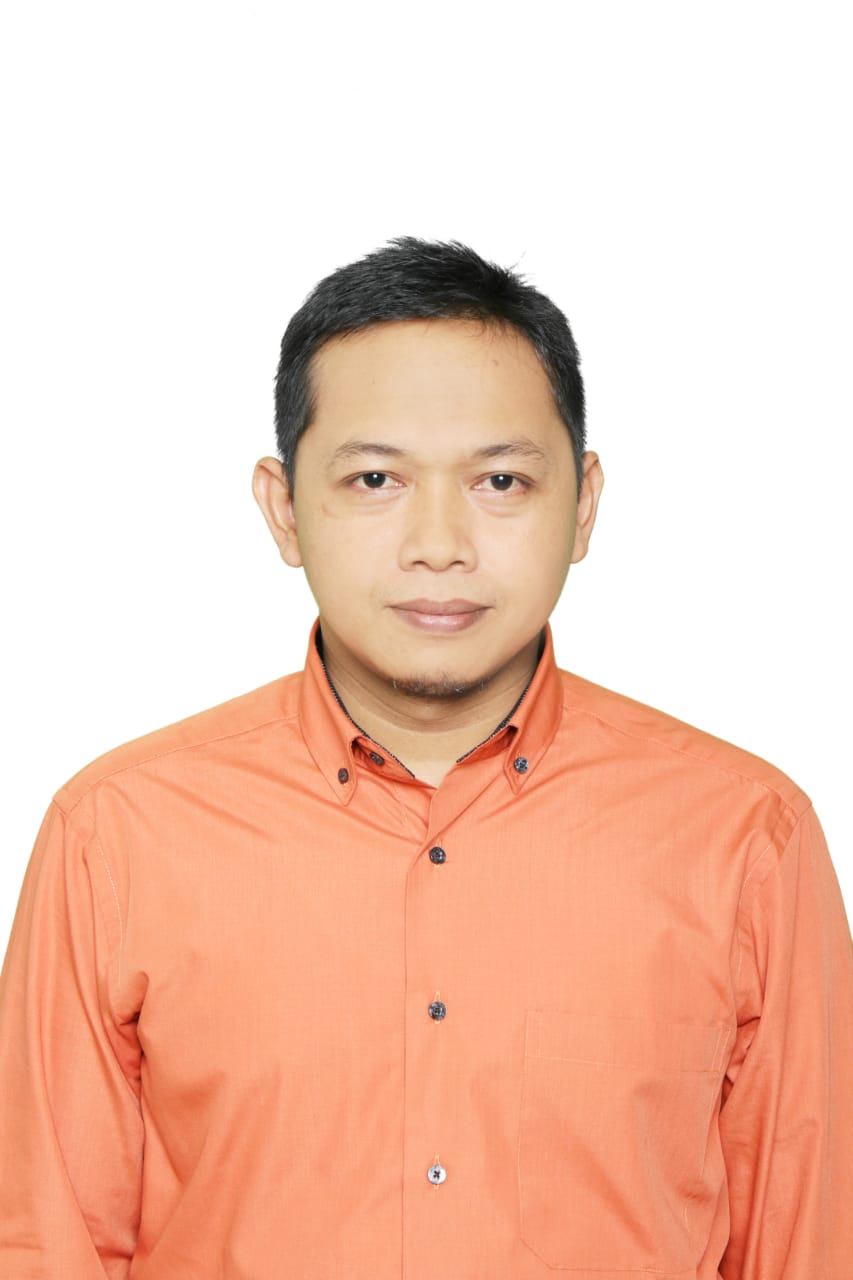Green Federated Learning: Optimized Communication Costs for Smart City Applications
Written by Pao-Ann Hsiung, John A, Sapdo Utomo and Adarsh Rouniyar
The enormous advancements in learning techniques over the years in the field of federated learning have made it possible to collaborate in a distributed way and to provide promising solutions with machine learning without the need to share data. Continuous improvements toward building a better model and increasing accuracy and communication between clients have in turn enabled better aggregation and increased communication rounds in the global model, resulting in an overall decrease in the consumption of energy.
Consequently, increased end-to-end communication can be deemed as one of the key factors in addressing the challenge of reducing communication costs in federated learning. It is noteworthy that typically, federated learning applications designed for a better model and accuracy come at the cost of increased energy consumption. To counteract this, the authors of this article have introduced the concept of green federated learning that enables optimization of communication costs and reduction in energy consumption in the various federated learning smart city applications. In effect, the primary purpose of green federated learning is to reduce communication rounds without compromising the level of accuracy. The methods employed for node selection, aggregation, knowledge transfer, and incentives play a pivotal role in determining the functionalities of federated learning. In this article, some key strategies have been introduced to positively impact the functionalities of federated learning. Using these strategies, it has been possible to reduce the energy consumption in smart city applications, leading to a green federated learning system for sustainable applications.
Introduction
The integration of smart city models with the latest technologies has made it possible for those using its services to maintain a better quality of life. Today, entire nations are trying to interconnect a multitude of applications wherever possible. For example, smart homes, smart hospitals, smart road networks, and so on all utilize the idea of interconnectivity by using the latest technologies to monitor and aid decision making and to use many other unique services. The latest communication and advanced machine learning frameworks have been harnessed in federated learning systems to enable collaboration in distributed environments without having to share data, thus revolutionizing the entire learning environment of smart cities. Nevertheless, the main challenges in a federated learning environment, like high communication costs and energy consumption in dynamic environments, remain largely unaddressed. For example, in smart city applications, client selection to global model aggregated weight transformations demand considerable computation time along with high energy usage.
As per the International Energy Agency, the total energy consumption of the communication industry has increased from 2% to 4%. In addition, almost 70% of this energy is consumed by mobile communication networks [1][2]. In real-world applications, entire federated learning structures are connected to the communication system. Consequently, the federated learning and communication system, along with the entire federated learning structure, faces unique challenges. For example, the transmission of federated learning with updated parameters usually results in high communication loads and an increase in energy consumption, while the dynamic heterogeneous clients also consume enormous amounts of energy in federated learning. The intense and continuous amount of complex communication taking place in locally distributed devices also results in huge energy consumption, while the availability and reliability of the distributed devices in the applications also necessitate substantial energy consumption. These are some of the persistent energy optimization challenges that need to be addressed by federated learning. Therefore, an attempt has been made to solve this energy consumption issue in federated learning by exploring the concept of green federated learning introduced in this article both theoretically and technically.
Smart City Applications and Communication Costs
A large number of applications are connected to smart city applications that enable smart homes, smart agriculture, smart vehicles, industry, and smart hospitals [3]. In large-scale wireless smart city applications, sustainability is one of the main challenges in the smart ecosystem [4], and therefore, reduced energy consumption in the applications becomes essential. The general structure of federated learning with different applications has been illustrated in Figure 1. It can be seen that the main problem in a federated smart city ecosystem is high communication costs and the need to utilize the different functionalities of federated learning so that they can be properly managed. An effective ecosystem with sustainable smart city applications would ideally need to consider decreased communication costs and the functionalities would be properly managed to achieve sustainability.
Figure 1: Federated Learning with smart city applications.
Green Federated Learning
Reducing the communication cost or the communication rounds as well as reducing the energy consumption in the entire process of federated learning is the fundamental aim of green federated learning introduced in this work [5, 6]. The purpose of green federated learning is also to achieve this reduction without compromising overall accuracy. To arrive at this model of green federated learning, different strategies have been introduced and explored concerning the functionalities of federated learning. The main functional strategies of green federated learning are as follows.
Client Selection Conditions: An effective client selection method is compulsory to reduce the overall energy consumption and the communication rounds. Some of the criteria new selection strategies should consider include quality of data, the similarity of data, bandwidth during the selection of clients, and the prevalent updating conditions, all of which have an impact on the communication rounds and cost.
Aggregation Strategies: Effective aggregation strategies are required to reduce the communication cost and consumption of energy. From a single round of updates in a selected client to the aggregation and from the aggregation to the global model, it is imperative to choose the right strategies at every step of the process. Effective usage of a sub-aggregation model for reducing unnecessary updates, clustering of the local clients, grouping similar events etc., are some of the strategies that need to be considered.
Knowledge Transfer: Knowledge transfer is the sharing of knowledge from one domain to another for better propagation of learning. When considering ways to improve propagation of learning, data characters from client-to-client needs to be considered for reducing the overall communication cost.
Incentives: The incentive mechanism is used to achieve the desired accuracy using quality data with reduced iterations so that the overall energy usage can be reduced on the client selection side. The client data density, data updates and new data arrival conditions should be considered for energy optimization.
Conclusion
Along with the explosion and advancement in all branches of information, communication, and intelligence techniques—the collaboration of these techniques, the related models as well as auto-learning, have all witnessed a massive surge in recent years. In federated smart city applications, energy consumption across the entire federated structure is often seen to be alarmingly high. In this article, green federated learning for reducing the consumption of energy in the entire structure of federated learning has been introduced and explored. More specifically, a host of strategies have been recommended for use to reduce the energy consumption affected by the different functionalities of federated learning. Therefore, by using the different strategies applicable to the various functionalities, it would be possible to achieve a green federated learning system that would radically reduce the communication cost, not only in smart city applications, but also in other related applications.
References
- Zhao, Borui, Qimei Cui, Shengyuan Liang, Jinli Zhai, Yanzhao Hou, Xueqing Huang, Miao Pan, and Xiaofeng Tao. "Green concerns in federated learning over 6G." China Communications 19, no. 3 (2022): 50-69.
- Liu, Yi, Xingliang Yuan, Zehui Xiong, Jiawen Kang, Xiaofei Wang, and Dusit Niyato. "Federated learning for 6G communications: Challenges, methods, and future directions." China Communications 17, no. 9 (2020): 105-118.
- Brecko, Alexander, Erik Kajati, Jiri Koziorek, and Iveta Zolotova. "Federated Learning for Edge Computing: A Survey." Applied Sciences 12, no. 18 (2022): 9124.
- Guler, Basak, and Aylin Yener. "Sustainable federated learning." arXiv preprint arXiv:2102.11274 (2021).
- Kim, Minsu, Walid Saad, Mohammad Mozaffari, and Merouane Debbah. "Green, Quantized Federated Learning over Wireless Networks: An Energy-Efficient Design." arXiv preprint arXiv:2207.09387 (2022).
- Chu, Xu, Xiaoyang Liu, Qimei Chen, Yunfei Xiong, Juanjuan Wang, Han Yu, and Xiang Hu. "Joint Accuracy and Resource Allocation for Green Federated Learning Networks." In International Conference on Smart Computing and Communication, pp. 154-163. Springer, Cham, 2021.
This article was edited by Qi Lai.
To view all articles in this issue, please go to January 2023 eNewsletter. For a downloadable copy, please visit the IEEE Smart Cities Resource Center.




To have the eNewsletter delivered monthly to your inbox, join the IEEE Smart Cities Community.
Past Issues
To view archived articles, and issues, which deliver rich insight into the forces shaping the future of the smart cities. Older eNewsletter can be found here. To download full issues, visit the publications section of the IEEE Smart Cities Resource Center.




